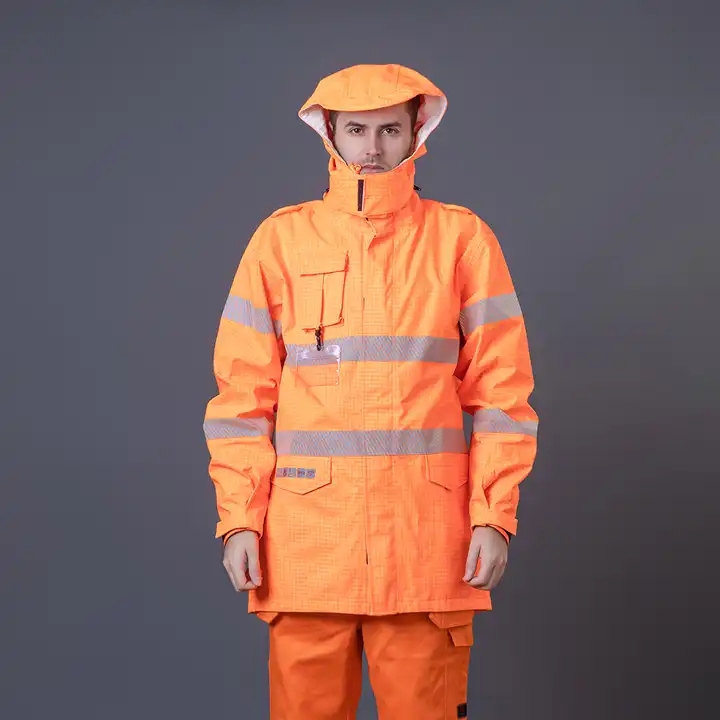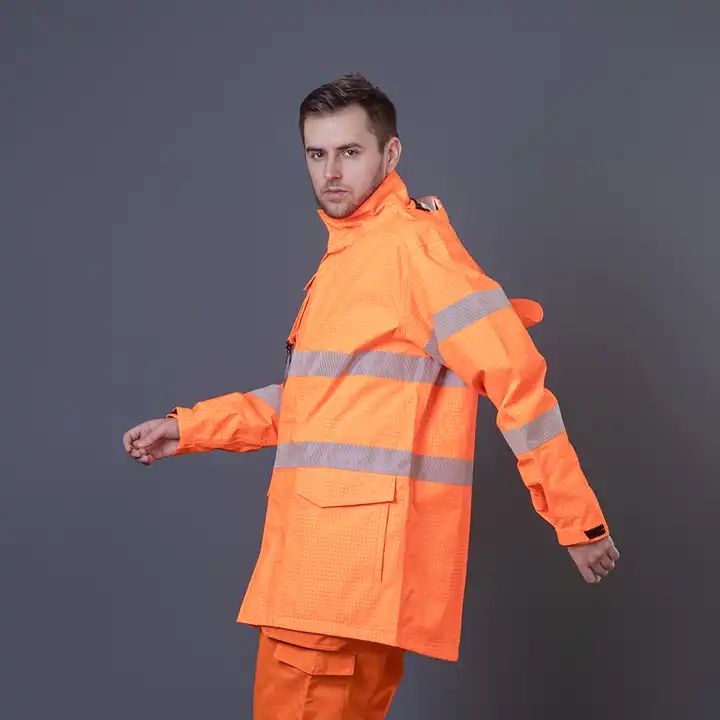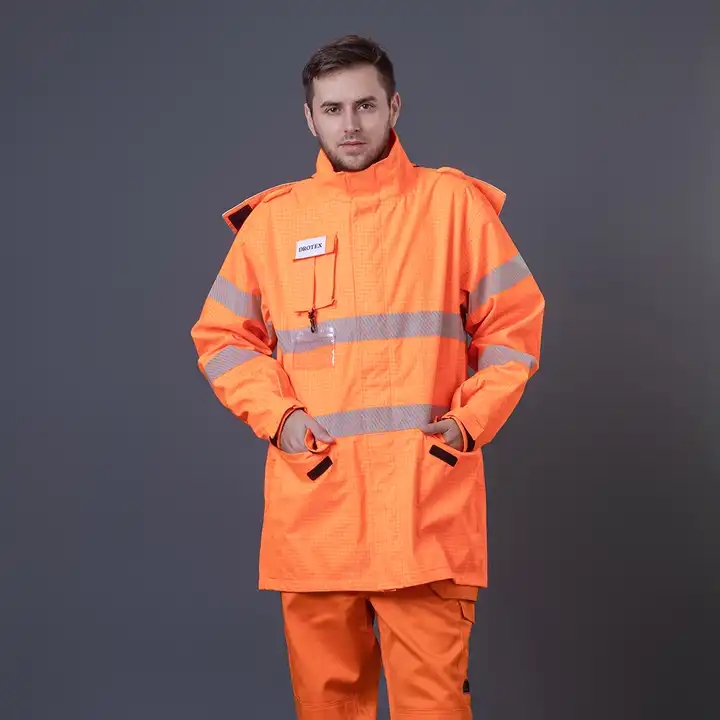When work must go on despite rainy weather, the significance of reliable rain workwear becomes paramount. This detailed guidexplores the realm of rain workwear, uncovering its pivotal features, importance in ensuring workplace safety, and its role in maintaining productivity amidst challenging weather conditions.
Understanding Rain Workwear
Rain workwear encompasses a diverse range of specialized clothing and gear meticulously crafted to withstand and protect against rain, including raincoats, waterproof trousers, jackets, hats, and boots. Constructed from advanced materials such as Gore-Tex, PVC, or polyester blends, these garments offer water resistance, breathability, and comfort to workers facing wet environments.
Key Features for Optimal Performance
Key elements that define top-notch rain workwear:
Waterproof Technology: Opt for workwear crafted from premium waterproof fabrics to effectively repel rain and ensure the wearer remains dry and comfortable.
Durability and Strength: Seek workwear designed to endure harsh weather conditions, maintaining its quality and protective properties over extended use.
Comfort and Flexibility: Look for ergonomic designs that allow freedom of movement, ensuring workers can perform tasks efficiently and comfortably.
Enhanced Visibility: Some rain workwear incorporates reflective elements for increased visibility, crucial in low-light or hazardous environments.
Utility Across Industries
Rain workwear is indispensable in various sectors:
Construction and Trades: Essential for workers exposed to the elements, providing protection while performing physically demanding tasks.
Agriculture and Farming: Crucial for farm workers to maintain productivity despite inclement weather conditions.
Emergency Services: Vital for emergency responders, ensuring visibility and functionality during adverse weather situations.
Outdoor Professions: Essential for professionals in landscaping, utilities, and outdoor services, ensuring safety and efficiency in challenging weather.
Maintenance and Longevity
Ensuring continued functionality:
Cleaning Guidelines: Adhere to manufacturer-recommended cleaning methods to preserve workwear quality and effectiveness.
Proper Storage: Store workwear in dry environments to prevent mildew and preserve water-resistant properties.
Regular Inspection: Periodically check workwear for signs of wear or damage, promptly repairing or replacing to uphold protective capabilities.
Conclusion
Rain workwear stands as a critical asset across various industries, safeguarding workers and enabling productivity despite adverse weather conditions. By investing in high-quality, durable rain workwear, organizations prioritize safety, comfort, and productivity for their workforce, ensuring uninterrupted operations even when faced with challenging weather.



